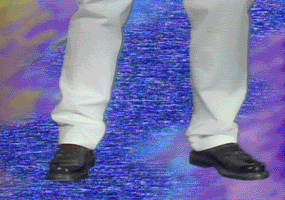Several years ago, I attended a workshop hosted by a local newspaper publisher. Things were changing, they admitted, but the industry was still strong and, most importantly, continuing to innovate. As evidence, they talked about everyone’s favourite blocky hero, the QR code.
We already knew scanning a QR code could bring an offline experience into the online, sending people to websites and other digital actions on their phones. And it was so much fun! Back then, all you had to do was download a QR reader, because they weren’t supported in camera apps, ensure your lighting was good, hover over the code until it came into focus, and – bam – you were off to the races.
But QR codes were last week’s news and this was about innovation, after all. They showed how with their new technology, people could now interact with newspapers using augmented reality. And it also looked fun! Instead of just flipping past that construction ad, you could now stop, take out your phone, download the newspaper’s app, ensure your lighting was good, hover over the ad until it came into focus, and – bam – a cute little dump truck would drive around on the screen. Incredible stuff.
I kept wondering one thing, though: who would actually do that?
In Search of Innovation
As most marketers know, staying status quo is not a long term recipe for success. The smartest brands know what channels work but still set aside advertising dollars to test new things.
Nowhere is this more important than in digital media where the latest and greatest is a moving target. When evaluating these opportunities from a paid media perspective, here are a few of the questions I try to answer:
- How does it fit in our overall strategy?
- Can we use meaningful measurement to determine success?
- Does the tactic position the brand as innovative?
- Is it cool enough to generate earned media?
- Does it require people to do something they don’t want to do?
Being honest about these points up front can help identify value and avoid disappointment. There’s nothing wrong with putting ads on a new platform just to position a brand as hip and cool as long as it’s not expected to move the needle the same way as tried and tested tactics do.
 Similarly, understanding how people behave online can also avoid unrealistic expectations. Simply asking “who would actually do that?” can force us to assess who we are targeting, how they align with our audience, and if we’re going to need more trees.
Similarly, understanding how people behave online can also avoid unrealistic expectations. Simply asking “who would actually do that?” can force us to assess who we are targeting, how they align with our audience, and if we’re going to need more trees.
Because the truth is — clutch those pearls — no one goes online to interact with ads. Campaign results and industry studies prove again and again that clickers are not the audience we desire and if we are asking people to stop what they want to do so that they can do what we want them to do, well…we might as well be asking them to download a QR reader.
